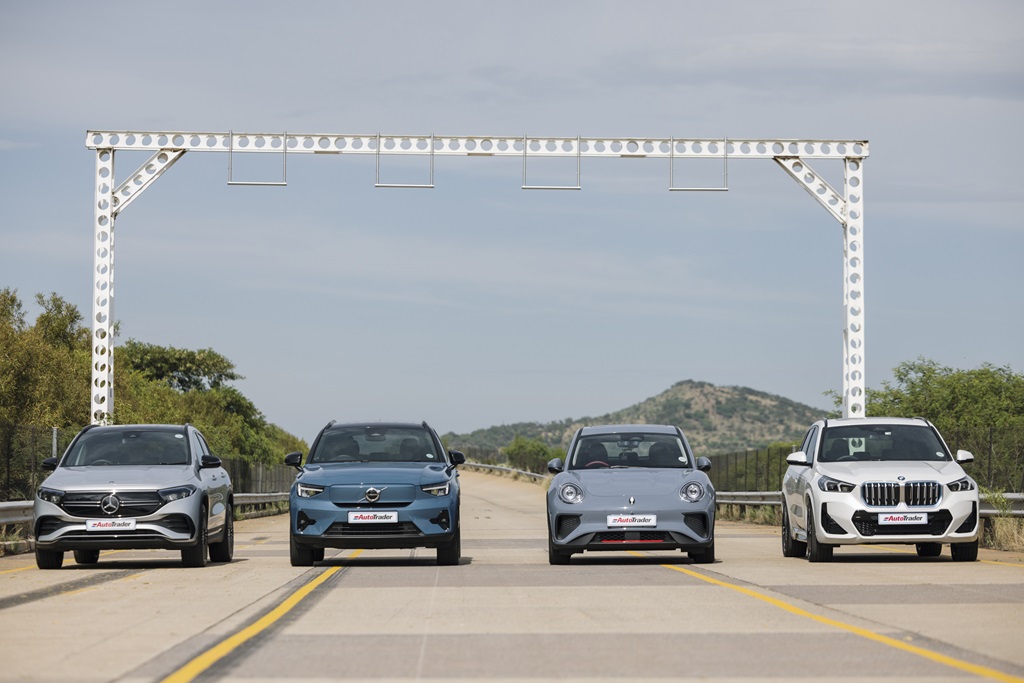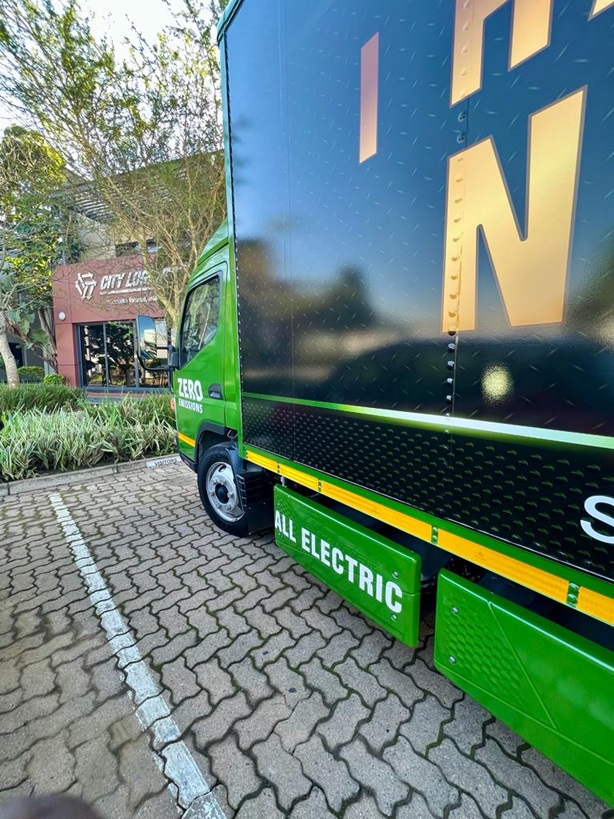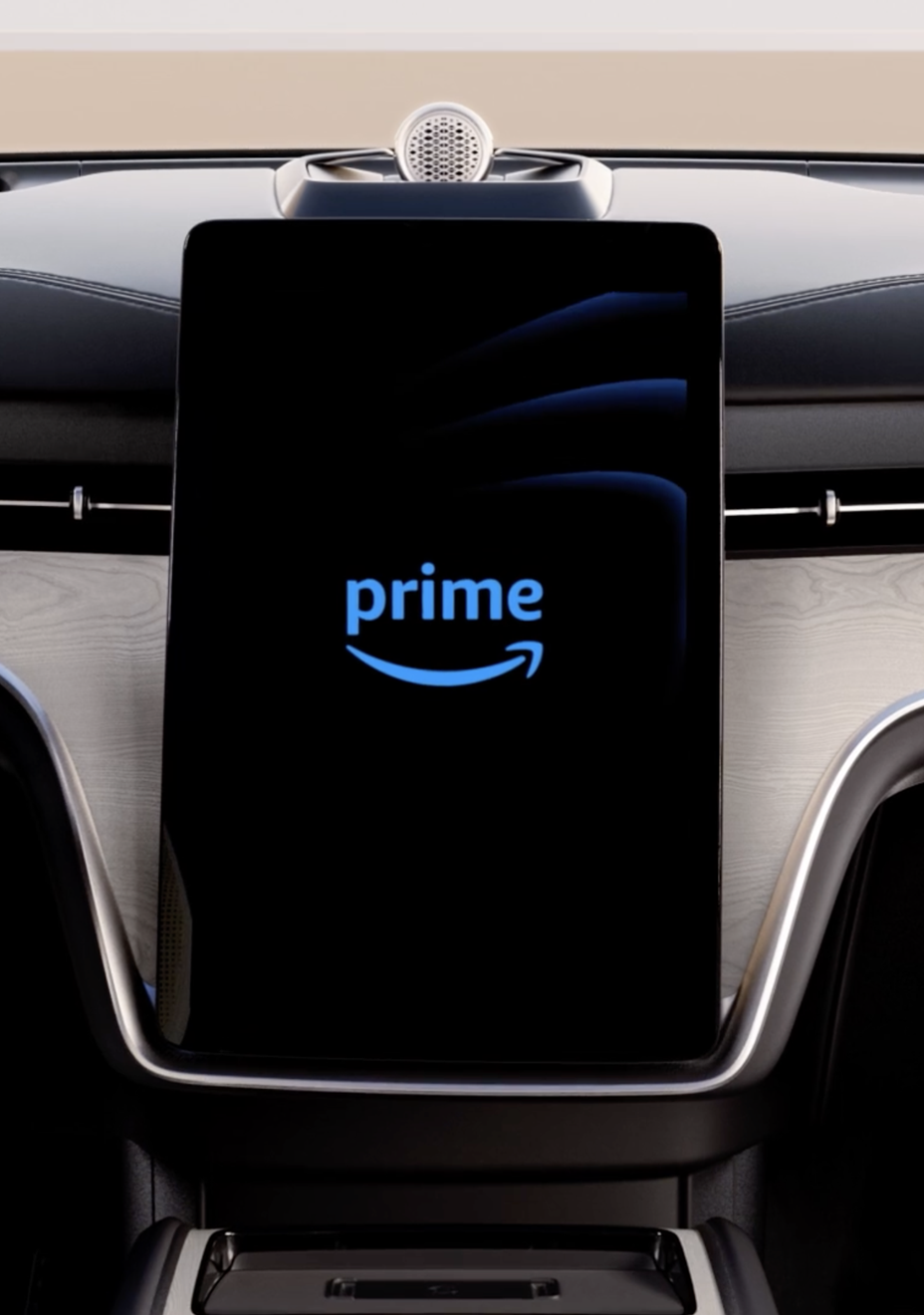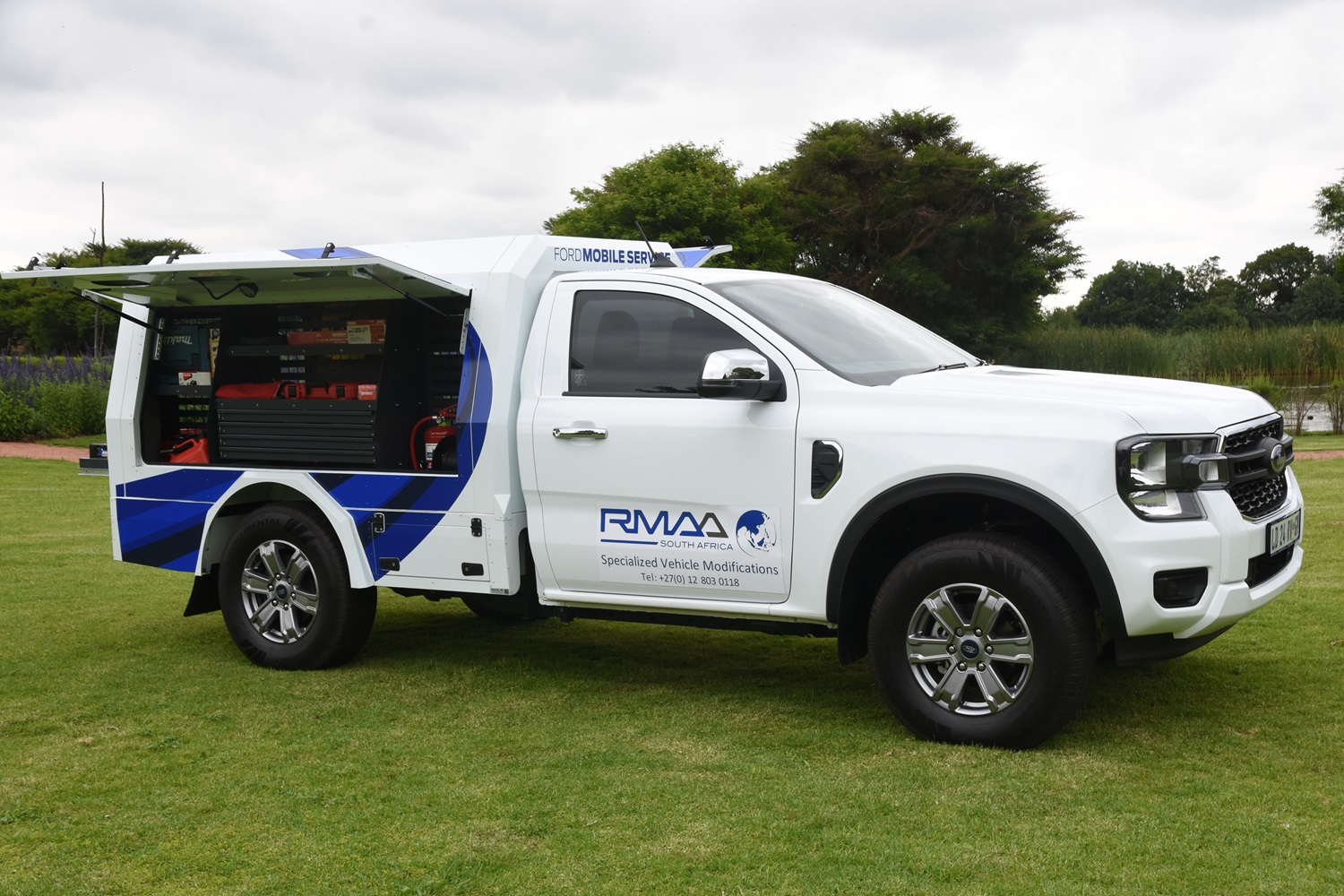For the first time in SA, Lexus has added a hybrid variant to its dynamic IS range. In addition, both the hybrid newcomer and the flagship F Sport model become the recipients of Lexus’s innovative Lexus Satfety System+.
The refreshed model line-up now comprises the IS 300 EX, equipped with the two-litre turbo motor; the IS 350 F SPORT boasting the revered 3.5-litre quad cam V6 and, of course; the all-new derivative which is badged as the IS 300h SE.
WHY ADD A HYBRID MODEL NOW?
Lexus is committed to producing cars that reduce emissions and will always afford customers the opportunity to play their part in caring for the environment.
Lexus offers more hybrid vehicles than any other carmaker, essentially giving customers the best of both worlds – cutting-edge petrol propulsion supplemented by electric power.
The result is a reduction in CO2 emissions coupled with lower real-world fuel consumption, without exacting a single penalty in the performance stakes. Best of all, Lexus hybrids never require a visit to the charging station, banishing all anxiety-range issues.
THE ALL-NEW IS 300h
The IS 300h reinforces Lexus’ commitment to the future of self-charging hybrid technology. It is powered by Lexus Hybrid Drive, which achieves significant reductions in fuel consumption CO2, NOx and particulate emissions, with no loss of performance.
IS 300h’s longitudinally-mounted, four-cylinder 2AR-FSE 2.5-litre engine has 133 kW of power at 6000rpm and 221 Nm of torque from 4200 to 5400rpm. Unique features of this Atkinson cycle petrol engine include D-4S fuel injection, Dual VVT-i intelligent variable valve timing and high-efficiency exhaust gas recirculation.
But, of course, the star attraction of the IS 300h is that the aforementioned petrol powerplant operates in concert with a 650-volt permanent-magnet, synchronous electric motor, producing 105kW maximum power.
The IS 300h’s powerplant is mated to a seamless electronically-controlled continuously variable transmission which can be switched to a sequential shiftmatic mode, operated using paddle shifts on the steering wheel, giving a manual shift feel for a more engaging driving experience.
The IS 300h produces just 104 grams of CO2 per kilometre and consumes an average of just 4.9 litres of fuel per 100km, with a combined power output of 164kW from its petrol-electric drivetrain. This equates to a zero-to-100 km/h acceleration in 8.5 seconds and a governed top speed of 200 km/h.
As with all Lexus self-charging hybrids, the IS 300h is a full hybrid that can be driven in petrol-electric or pure electric modes at slower traffic speeds.
UNDER THE BONNET OF THE IS 300h IN DETAIL
In an Atkinson cycle engine, compression and expansion are not symmetrical; the valves close late, delaying compression. This creates a high-expansion ratio for less compression, reducing intake and exhaust energy losses and converting combustion energy to engine power more effectively.
An exhaust gas recirculation system, with a high-efficiency, large capacity cooler and high response valve, re-introduces precisely measured exhaust gas, cooled from around 700 to 130°C into the intake system, via a stainless-steel exhaust manifold. This further reduces engine operating temperatures while also minimising engine pumping losses by bringing down intake vacuum pressure.
One of the main benefits of these technologies is that there are fewer occasions when fuel enrichment is needed to protect the catalytic converter from overheating damage, thereby improving fuel economy and emissions.
Further reductions in fuel consumption have been achieved by using a high, 13.0:1 compression ratio; optimising the shape of the intake port and combustion chamber; using low-friction piston rings, roller-arm type valve gear and a variable discharge volume oil pump; and adopting next-generation D-4S direct-injection technology.
D-4S is the latest evolution of Lexus’ stoichiometric, four-stroke direct-injection technology. With one injector in the combustion chamber and a second in the intake port, it combines the strengths of both direct and port injection, realising optimum engine efficiency across the power band and improving torque at all revs, while minimising fuel consumption and emissions.
The D-4S system uses new slit-type injector nozzles with an optimised injection hole shape; a higher, 18MP injection pressure for more efficient combustion; and idle port injection that improves NVH performance.
Using Dual VVT-i intelligent variable valve timing on both intake and exhaust camshafts also significantly improves engine performance. Being able to control the camshafts through angles up to 40 (intake) and 35 (exhaust) degrees, the system permits a greater overlap of the intake and exhaust valves. This benefits low- and top-end torque as well as contributing to a reduction in exhaust emissions and better cold-start performance.
Engine noise, vibration and friction have also been lowered by using a low-friction timing chain, a highly elastic stretch belt, optimisation of the crankshaft shape and balance shaft, and the use of plastic gears.
This high-performance electric motor works in tandem with the petrol engine to boost acceleration, and powers the driven (rear) wheels on its own when the vehicle is running in EV mode. During re-generative braking, the motor also operates as a high-output generator, recovering kinetic energy as electricity to charge the hybrid system battery.
Like the electric motor, the generator is AC synchronous. It performs a number of different functions within the Lexus Hybrid Drive system.
As the system doesn’t have a starter motor, the generator is used to start the petrol engine. In normal driving conditions, engine output is divided according to system requirements, both to drive the wheels and power the generator, which, via the power control unit, drives the electric motors and simultaneously charges the high-voltage battery. Moreover, the generator is also used to control engine speed for maximum fuel efficiency.
When there is no call on the engine from the hybrid system, the generator is used to stop it. But if the IS 300h runs on its electric motor long enough to require battery charging, the generator will automatically start the engine, which itself provides the power for the generator to charge the battery.
The Lexus Hybrid Drive’s 230V battery uses proven and reliable nickel-metal hydride technology and allows the IS 300h to be driven in EV mode, using electric motor power alone. The hybrid battery has been installed in a reinforced compartment beneath the loadspace floor, without compromising the space available for luggage.
The power control unit is little larger than a 12V battery. The unit consists of a voltage boost converter, which boosts the electric motor, generator and battery voltage to increase hybrid system power output; a highly compact inverter for the motor-generator, which converts DC power from the battery into 650V AC power for driving the electric motor and, occasionally, the generator; and a DC/DC converter, which reduces the high voltage of the hybrid system battery to 12V, supplying power to the accessory systems and charging the auxiliary battery.
Hybrid transmission: the electric motor generator and power split and motor speed reduction devices are housed in a single, lightweight and very compact transmission casing that is comparable in size to a conventional gear box. This unit is the heart of Lexus Hybrid Drive.
The seamless electronically controlled continuously variable transmission can be switched to a sequential shiftmatic mode, operated using paddle shifts on the steering wheel, giving a manual shift feel for a more engaging driving experience.
Lexus Hybrid Drive in operation: Over the course of any journey Lexus Hybrid Drive operates in different modes to maximise efficiency. At rest the engine automatically stops to conserve fuel. When efficiency is at its lowest, such as at start-up and at low- to mid-range engine speeds, the IS 300h will run on its electric motor alone, eliminating CO2, NOx and particulate emissions.
In normal driving conditions, the allocation of power is constantly adjusted between the engine and electric motor to achieve the best balance of performance and fuel efficiency. The electric motor acts as a high-output generator during deceleration and under braking to effect re-generative braking; this optimises energy management by recovering kinetic energy (that would usually be lost as heat) as electric power for storage in the hybrid system’s battery.
At all speeds Lexus Hybrid Drive monitors itself to ensure the best combination of performance and fuel efficiency with least emissions, either running the electric motor or engine alone, or together. The level of battery power is constantly managed by using the engine-driven generator. This means the system doesn’t have to be recharged using an external power supply.
Furthermore, the IS 300h has a Drive Mode Select system, increasing the vehicle’s capabilities beyond the Normal driving mode. An EV mode permits near-silent running for short distances on electric motor power alone, with zero fuel consumption and tailpipe emissions. An Eco mode maximises efficiency and fuel economy; Sport mode boosts full hybrid system performance.
IMPRESSIVE SAFETY SYSTEM
The new-spec change IS also introduces customers to the benefits of some of the Lexus Safety System+. These technology features come standard in the 300h and F Sport models respectively. The safety package equips the car with a raft of additional advanced technology features that help prevent accidents happening and reduce the consequences should the worst happen.
Blind Spot Monitor with Rear Cross Traffic Alert: Provides the driver with improved warnings of potentially unseen hazards and the LED headlights provide a deeper and wider field of illumination in night-time driving.
Lane Keep Assist: Designed to recognise when the vehicle deviates from its lane. In essence, the technology helps the driver steer the vehicle safely back to its correct path, automatically providing steering inputs to keep the car within its lane, operating at very low vehicle speeds.
Pre-Crash Safety System: Designed to detect the risk of an impact and operating in unison with warning and braking systems, the Pre-Crash System helps to lessen the damage sustained in a collision. The system is designed to recognise other vehicles using data from a forward recognition camera and the radar sensor.
If it determines that the possibility of an accident is high, pre-crash warning control and pre-crash brake assist control are initiated. If a collision is imminent, pre-crash braking control will be engaged -to help reduce the impact of the collision or help avoid it.
LED Headlights with Auto High Beam: The headlights each feature LEDs. The Adaptive High-beam System provides optimal lighting, giving finer control of lighting strength and distance compared to Lexus’ established AHS. This allows for the car to be driven for longer on high-beam without dazzling vehicles ahead or oncoming traffic, improving night-time visibility.
Adaptive Cruise Control: The PCS radar and camera are also used to provide Adaptive Cruise Control, which helps the driver maintain a safe distance from the vehicle in front. Once the way ahead is clear, the IS will automatically accelerate smoothly back to its pre-set cruising speed; if the car has been brought to a halt, the driver only has to press the accelerator briefly to reactivate the system.
SOPHISTICATED EXTERIOR DESIGN
Lexus has kept the essence of the car’s exterior appearance intact. However, the front end has undergone a minor transformation in 300h guise – unique LED headlamps coupled to an interesting interpretation of the spindle grille. Variances in thickness of the horizontal bars with the bottom section being thinner and tighter, while the top section is thicker and wider conveys a well-planted look that reinforces the impression of sportiness with a low centre of gravity. An unusual chrome-edged treatment lends the grille a more pronounced three-dimensional look.
The IS 300h also comes with an exclusive blue Lexus badge befitting its hybrid status.
The diffuser design at the rear of the is also slightly altered to reflect the 300h’s hybrid rank – the faux exhaust openings are flattened and L-shaped.
IS 300h BOASTS ‘SE’-GRADE CABIN
The attention to detail can be witnessed in the cabin of every single model in the IS range with all controls reflecting a pleasingly sensory quality and a focus on superior Human Machine Interface (HMI) performance. Representative of the Takumi craftsmanship that distinguishes every Lexus model, bold and stylish stitching is featured around the instrument binnacle hood, adding to the sporting feel of the cockpit, as do the styling on the speedometer and tachometer.
While on the subject of instrumentation, the meter configuration changes from a power indicator to a tachometer when Sport S mode is selected – the instrumentation also changes colour from blue to red in this mode.
Key features include wall-to-wall, butter-soft leather and a large 10.3-inch high-resolution monitor which operates in conjunction with Lexus’ Remote Touch Interface for the multimedia system imcorporating full in-car SatNav.
Worthy of special mention is the new-to-the-IS precision, laser-etched, dark wood trim inserts with aluminium pinstriping first seen on the RX. This unique feature is exclusive to the 300h and the flagship F Sport model. Produced for Lexus by skilled craftspeople at Yamaha Fine Technologies, it’s made using a technique applied in the manufacture of some of the world’s finest musical instruments.
The process uses precise laser-etching to cut through the wood veneer to expose a sub-layer of aluminium, creating a striking design that draws on the contrast between the rich qualities of the wood and the cool appearance of the metal. The effect is heightened by a clear, protective top coat, polished to a high shine.
Exclusive to the Lexus IS hybrid is a moonroof (with a tilt and slide function) which comes standard.
OVERVIEW
The Lexus IS 300h includes the following features in its standard specifications:-
- 17-inch alloy wheels
- Run Flat Tyres
- Drive Mode Select
- Smart entry and push-button start
- Perforated leather upholstery
- Electric Power windows
- Electric mirrors with auto-folding function linked to central locking
- Electrochromatic rearview mirror
- Dual-zone climate control air conditioning with electrostatic temperature control switches
- LED daytime running lights
- LED brake lights and rear lights
- Tyre Pressure Monitoring System
- Hill Assist Control
- 10-speaker Lexus display audio with DAB digital tuner and Bluetooth
- 2 x USB, 1 x Aux-in
- 10.3-inch multimedia display screen with remote dial controller
- Lexus Safety System+ comprising Adaptive Cruise Control, Pre-Crash System, Lane Keeping Assist and LED Automatic High Beam as well as Blind Spot Monitor with Rear Cross Traffic Alert
- Eight airbags including kneebags
- Rain-sensing wipers
- Heated and Cooling front seats (driver and passenger)
- Reversing camera
- Front and rear parking sensors
- Lexus Navigation
LEXUS IS PRICES AND SERVICE INFORMATION
As an overview, the Lexus range kicks off with the IS 300 EX model which features a 2.0-litre twin-scroll turbocharged inline four-cylinder engine with intercooler. This super-smooth powerplant produces 180kW and quickly builds up a wide torque plateau of 350Nm@4400rpm. Variable Valve Timing intelligent – Wide (VVTi-W) allows the engine to switch between the Otto and Atkinson combustion cycles to maximise efficiency. The D-4ST fuel injection system combines a high-pressure direct fuel injection system with a low-pressure port-injection system.
The flagship IS 350 F SPORT delivers impressive performance from a 3.5-litre V6 that produces 233kW and 378Nm of peak torque. This model uses the eight-speed SPDS automatic transmission. A Drive Mode Select system features up to four driving modes to tailor the car’s combination of economy, comfort, performance and handling characteristics. As mentioned, The F Sport now also comes standard with the Lexus Safety System+ package.
On the colour front, three new hues have been added to the latest IS line-up – Sonic Silver, Black and Opulent Blue. A further six colours include White Quartz, Sonic Titanium, Mercury Grey, Morello Red, Graphite Black and Madder Red. White Nova and Poseidon Blue are two other colours exclusively available to F Sport owners.
Furthermore, Lexus has expanded the customer care for all IS models, offering customers a standard, best-in-class 7-year/105 000km warranty and full maintenance plan. The vehicle service intervals are at every 15 000km, alternatively once a year.
The new Lexus IS retail prices are:
IS 300 EX – R715 400
IS 300h SE – R753 800
IS 350 F SPORT – R806 400
Provded by Lexus SA







































